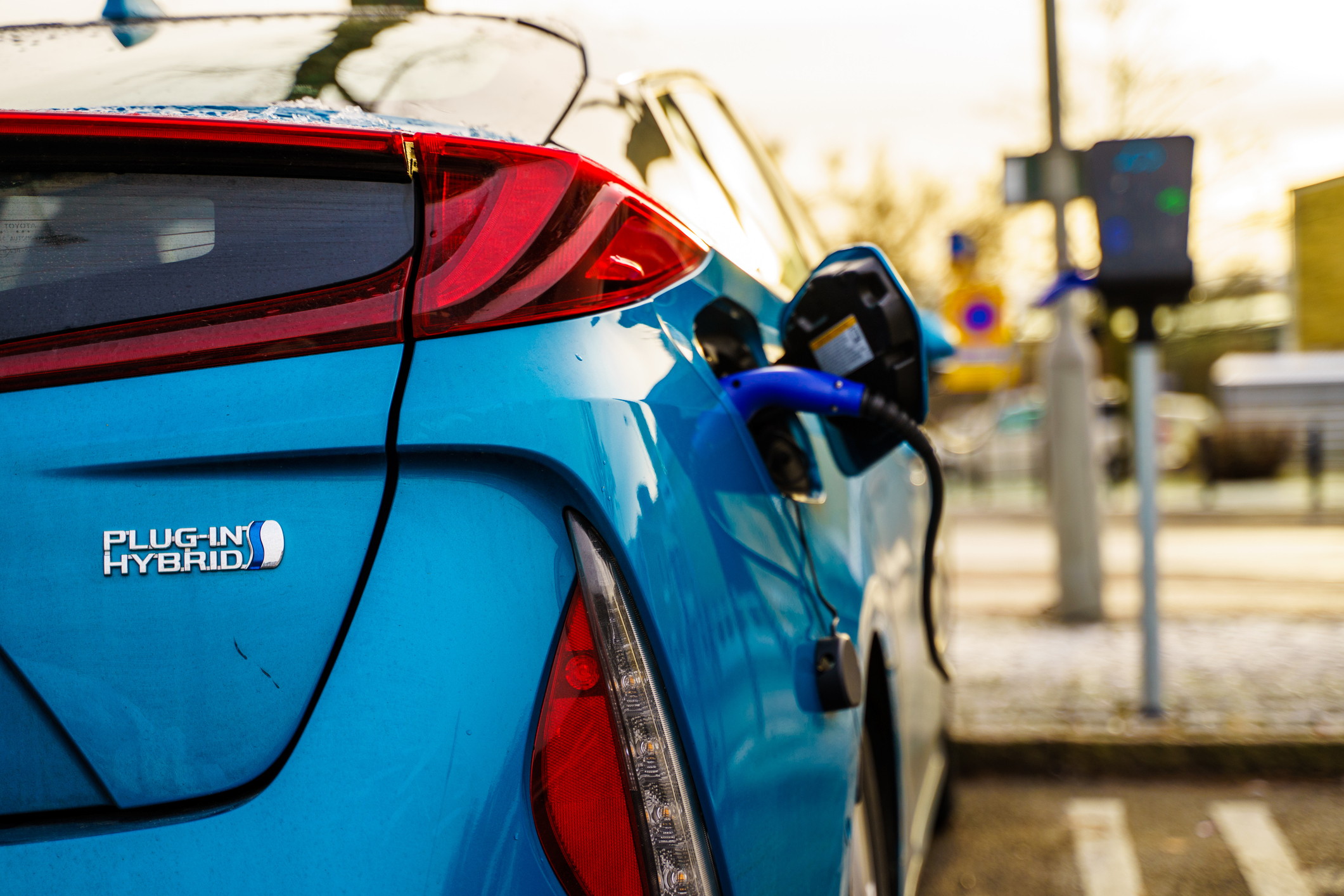What is: Euro 6e-bis?
Wednesday 15th January 2025
Last updated: 4th February 2025

What is the Euro 6e-bis emissions standard?
Since coming into force back in September 2014, there has been a progressive tightening of the rules and additional refinements to the testing methods used. Each new iteration has been designated its own letter, with the latest, Euro 6e, focusing on reducing NOx and particulate emissions.
In European regulatory language, the Latin term ‘bis’, which means ‘twice’, or ‘again’ is often used to denote an addition or refinement to an existing rule or directive. In this case, the choice of ‘bis’ rather than moving directly to Euro 6f means that the changes introduced are not extensive enough to warrant a completely new designation but are still significant enough to merit a distinction from the previous iteration.

What are the new rules?
Initially, Euro 6 testing took place on a rolling road in a laboratory. Unfortunately, these tests were notoriously unrealistic and far too easy to manipulate. As a result, the EU has gradually sought to bring emissions testing in line with real-world usage.
Official emission figures are measured during two distinct modes of operation. The first involves starting with a fully charged battery and continuing to drive until it is completely empty. The second is based on driving with a battery that is already fully discharged. Emissions from both modes are then weighted using a Utility Factor (UF) based on the range a PHEV can cover in battery depleting operation. The actual shape of the UF curve is controlled by ten separate coefficients (fixed numbers or variables) and the distance travelled.
Under Euro 6e-bis, the distance over which these tests are conducted has almost tripled, from 497 miles to 1,367 miles. Why is this important? The International Council on Clean Transportation (ICCT) explains that the previous UF curve ‘does not reflect the real usage of PHEVs’ and creates official CO₂ emissions figures which are unrepresentatively low. In simple terms, longer tests result in a higher proportion of ICE use compared to electric driving, thus increasing the average emissions.

What does Euro 6e-bis mean for company car drivers?
With many PHEVs emitting less than 50g/km, Benefit in Kind (BiK) is generally calculated based on the number of electric-only miles. Typically, this means PHEV drivers pay between 5% and 12% BiK, depending on the vehicle’s zero-emission driving range. And it’s this preferential tax treatment that often helps to persuade drivers who are not yet ready to make the switch to a full electric vehicle to opt for a hybrid. That is, until now.
According to the ICCT, the new tests are likely to result in a significant increase in the emissions measured. In fact, their initial analysis indicates that the CO2 figures for some vehicles could double, or even more.
It’s also worth remembering that in last year’s Autumn Budget, Chancellor Rachel Reeves announced that the 2028/29 tax year would see PHEVs emitting up to 50g/km CO2 taxed at a flat rate of 18%, regardless of their zero-emission range. For context, full EVs will attract just 7% BiK in the same year.
When does Euro 6e-bis come into force?
The new rules initially apply to any vehicle launched from January 1, 2025. This will be extended to all models on sale from December 31, with company car tax calculations based on the figures applied at the point of vehicle production.
This means that all PHEVs will need to be re-homologated (certified according to the Euro 6-bis standard) before the end of the year. Drivers who already drive a PHEV are unaffected, but for those looking to order a new vehicle, there is a risk that their car is re-homologated between order and delivery. Remember, it is the production date and not the order date that determines whether the old or new rules apply.
Are there more changes planned?
In 2027, there will be a further update to the rules with the introduction of the Euro 6e-bis FCM standard. This will extend the test mileage still further to 2,650 miles and will likely result in higher than ever emission figures for many PHEVs. And of course, higher emissions mean higher taxes.

Should I order a PHEV or an EV?
Whether you choose a PHEV, an EV, or even an ICE vehicle depends on what matters most to you and your business. The key is to make an informed decision based on a realistic assessment of the financial, environmental, and practical impact of each option.
Whatever you decide, as pioneers in fuel-agnostic fleet solutions, we will help you find, fund, and manage the right vehicles, with the right fuel, at the right time. To learn more, just get in touch.

